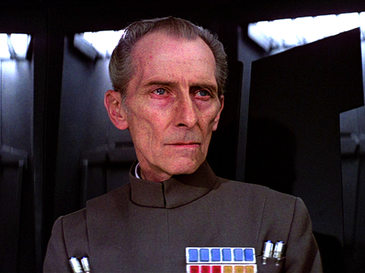Ronster raises a point that I have been thinking about too. What it looked like in theaters and what it looks like in real life or what the intention of the look was supposed to be are often two different things. It's almost like there needs to be two versions of color fixing for a film. One is to make it look like it did in the theater (good or bad as it was), and the other is to make it look correct as if it happened right in front of you. I hate all of the orange and teal they are doing these days. Yes, that is what it looks like in the new Star Wars trailers (orange and teal in at least the first one that came out), but looking at the trading cards in comparison which have the original colors, I much prefer the look of the trading cards.
http://www.starwars.com/films/star-wars-the-force-awakens-digital-trading-cards
vs.
http://www.youtube.com/watch?v=erLk59H86ww
at 44 seconds. His suit is fluffy baby pink blanket instead of orange, and where did his 5 o'clock shadow go?
My personal vote is to make it look correct in terms of skin color, flag color, etc. taking into account the lighting that affects this.
CatBus's comment is cool too. This can get into another issue where HDR would be required in order to have all of the color properly. To keep all of the detail and both the high and low end, the colors need to be "compressed" into the Rec.709 colorspace which is a small subset of the real world visible color range. Your eyes deal with the wide range by opening and closing the iris. When you are outside on a bright sunny day and walk into a relatively dark room, you can hardly see any thing (sort of like black crush). After your eyes adjust, you can see a lot better. If someone filmed from inside the room and there was a window that could see the outside, most likely the window would have mostly white blown out details. If they then went outside and filmed a scene with a window to the inside, it would be mostly black. This is because the camera has an iris too. If the camera was HDR capable, it would most likely preserve more of the details and on an HDR display they could be shown properly.
Also other factors play into it. The bulb in the projector degrades over time and will produce a different look as it is projected. Scanning a 35mm film doesn't mean the result is what it looked like. I know this first hand from my trailer scanning project. You need to scan at different settings with multiple scans to capture all of the dynamic range. Any one of those scans looks different than the others, so which is correct?
Lots of rambling, but in the end, my take is that the color correction should strive to reproduce the lighting and color of the scene as it looked in the real world as much as possible, unless they purposely altered the look of a particular scene to add more atmosphere to it such as for a scary movie.

























